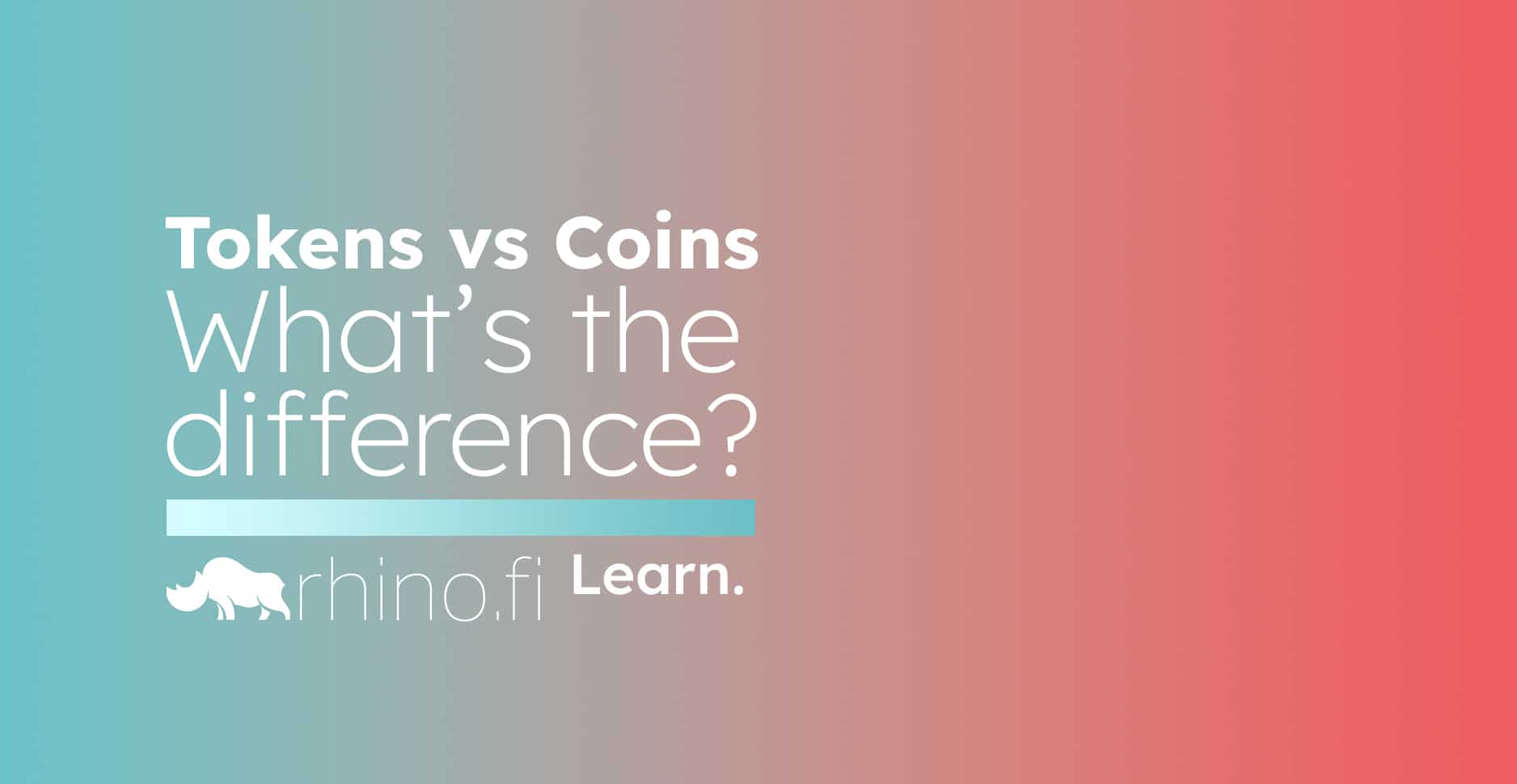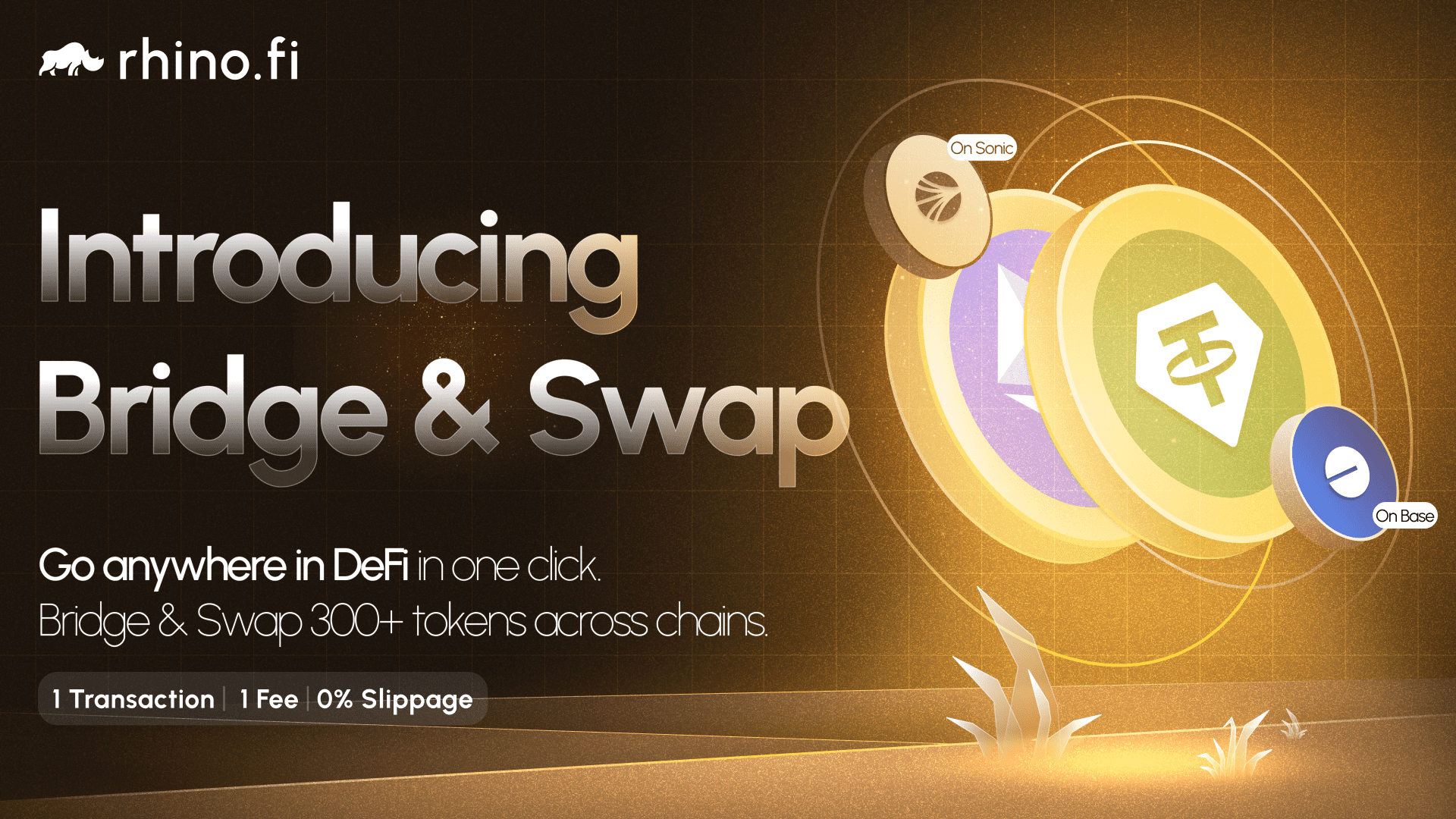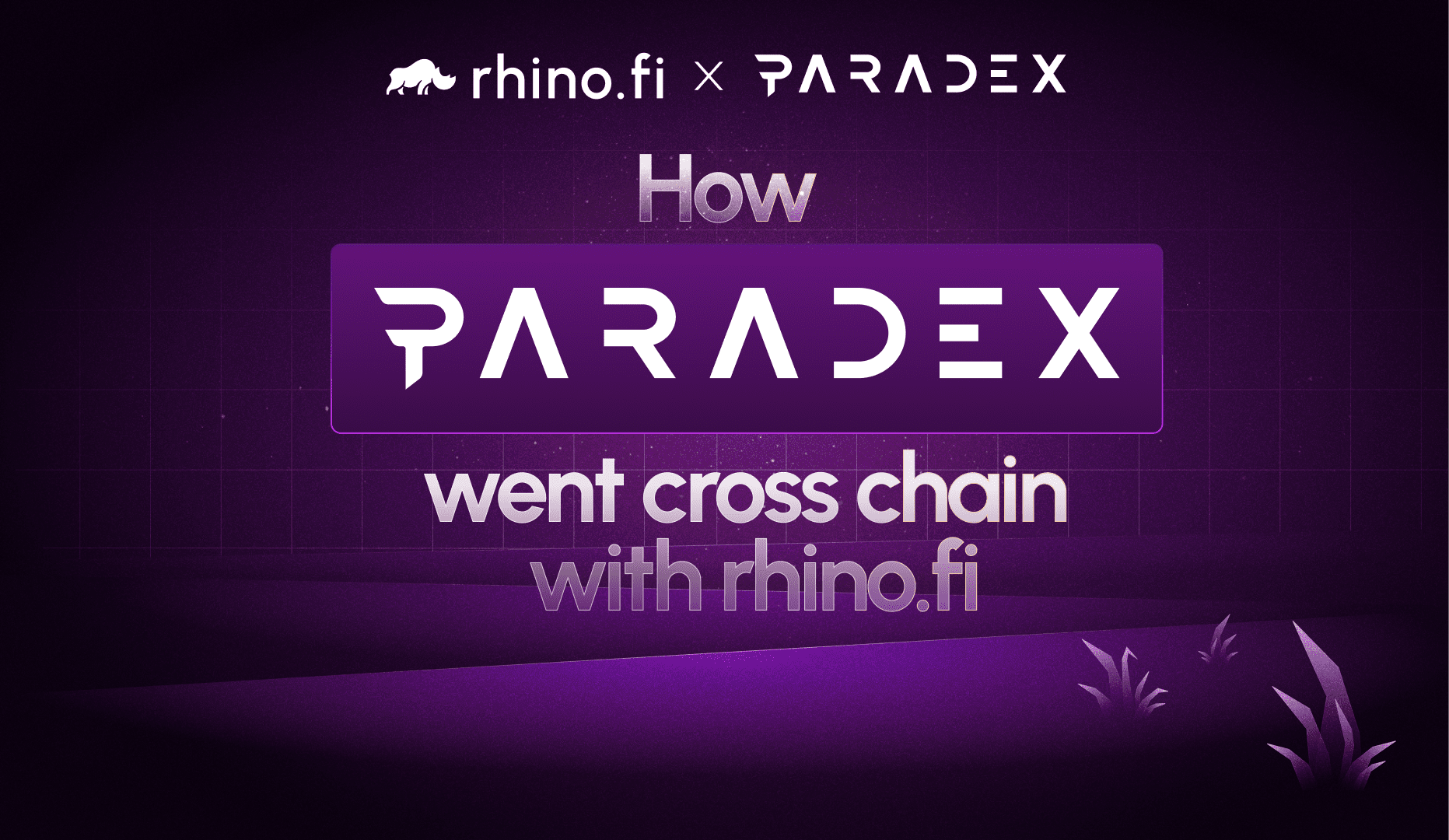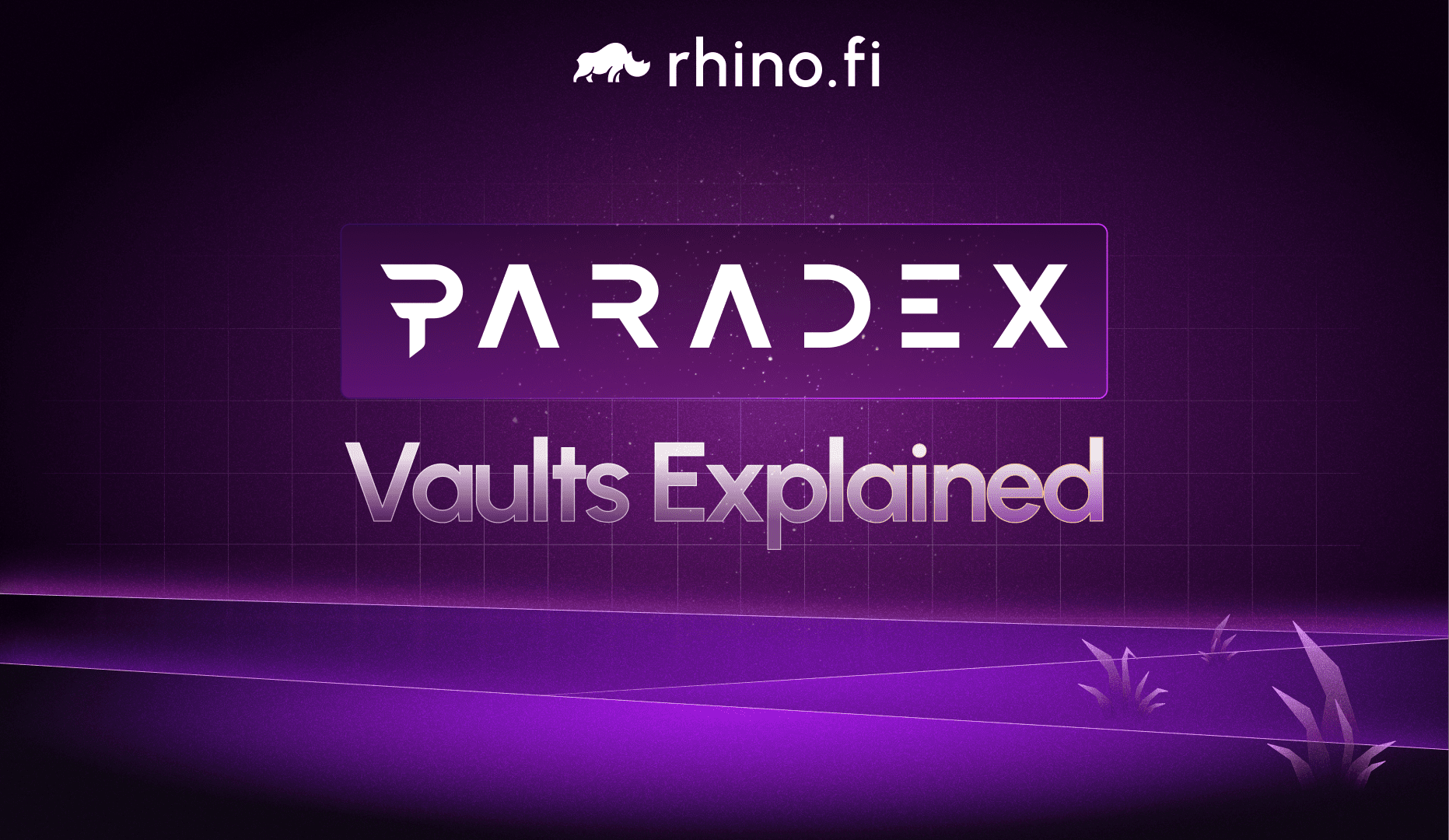Coins and tokens are easily confused.
Both are forms of cryptocurrency, and their functions tend to overlap. Many commentators (rather lazily) use the two terms interchangeably, which only adds to the befuddlement of everyday users.
However there are several significant differences between coins and tokens. In this edition of RhinoLearn, we’ll take you through the main ones to bear in mind.
Creation
A coin is built and issued on its own dedicated blockchain. So bitcoin is created, and hosted, on the Bitcoin blockchain, and it’s the same for Ether (ETH) on Ethereum. For this reason, coins are also known as native tokens.
A token, by contrast, is non-native. It is hosted on a separate platform on top of the main blockchain.
This subtle difference also extends to naming. A coin will usually be named after its dedicated blockchain or bear reference to it (see Bitcoin, Ether or Litecoin). However a token can have any name its creators like.
There are differences in the way coins and tokens are transferred between users, too. When a transaction takes place, the tokens literally move from one wallet to another.
Coins, on other hand, don’t actually move; it’s only the account balances that change. In other words, when you ‘spend’ bitcoin, all that happens is that your account balance goes down.
Function
For users, this is perhaps the biggest difference of all.
A coin’s function is strictly limited. A token, on the other hand, can be used for a whole bunch of things.
As its name suggests, a coin represents money. It is an instrument of value, just like a coin or note in the old world. You can only use coins for financial purposes, such as trading, investing, pricing up your own products or even buying old-school physical currencies.
However, tokens come in a whole bunch of different types, and they all have their own specific function. These include:
Payment tokens. These are used for… yep, you guessed it.
Utility tokens. These allow you to enter and use a particular network, a bit like a subway ticket or stadium pass in the old world.
Security tokens. These demonstrate your ownership of old-school, physical assets like stocks or real estate. With this token, you can trade or use the assets on a particular blockchain.
Exchange tokens. These are issued by crypto exchanges and give you particular rights on that exchange. For example, they may provide discounts on trading fees or allow you to vote on the way the exchange is run.
Non-fungible tokens, or NFTs. You’ll no doubt have heard of NFTs already (and may well have acquired some yourself) but in case you’re not familiar, they represent unique, non-interchangeable units of data. They are now widely used to create digital versions of real-world memorabilia like prints, portraits and albums.
Mining vs minting
Finally, it’s worth noting that coins are typically mined, while tokens are typically minted. This is quite a complex area, but it basically hinges on the different ways blockchains are updated.
- On some blockchains, when a new transaction takes place, a large number of computers race one another to validate that transaction and update the blockchain. This results in the creation of new coins, and is known as mining.
- On other blockchains, a group of users volunteer to oversee and validate all transactions, acting as custodians for the network. To volunteer, these users stake their tokens. This is known as minting.
Creation and management
This is kind of an off-shoot of the earlier ‘creation’ section.
A coin often takes a long time (and effort) to create, because it requires the creation of a dedicated blockchain underneath it.
A token, on the other hand, can be created by anyone, and because it runs on someone else’s blockchain, a lot of the early coding work can be avoided.
This might explain why there are still relatively few coins in the crypto universe, but a huge amount of tokens (and the number is getting bigger all the time).
So, in summary:
- Coins have their own blockchain, tokens don’t.
- Coins = financial value. Tokens = practically anything an app-creator wants.
- It’s far easier and quicker to create a token than a coin.
If you enjoyed this installment of RhinoLearn, you’ll love our explainer on DeFi, which explores the growing world of decentralised finance and the benefits it offers over old-school money. Check it out!





